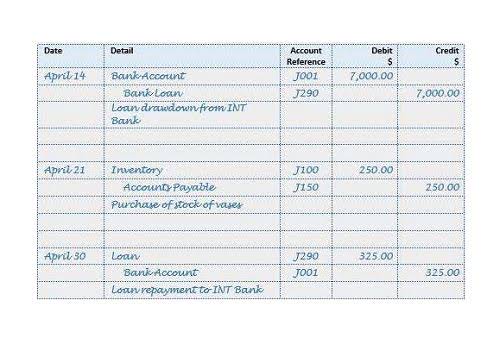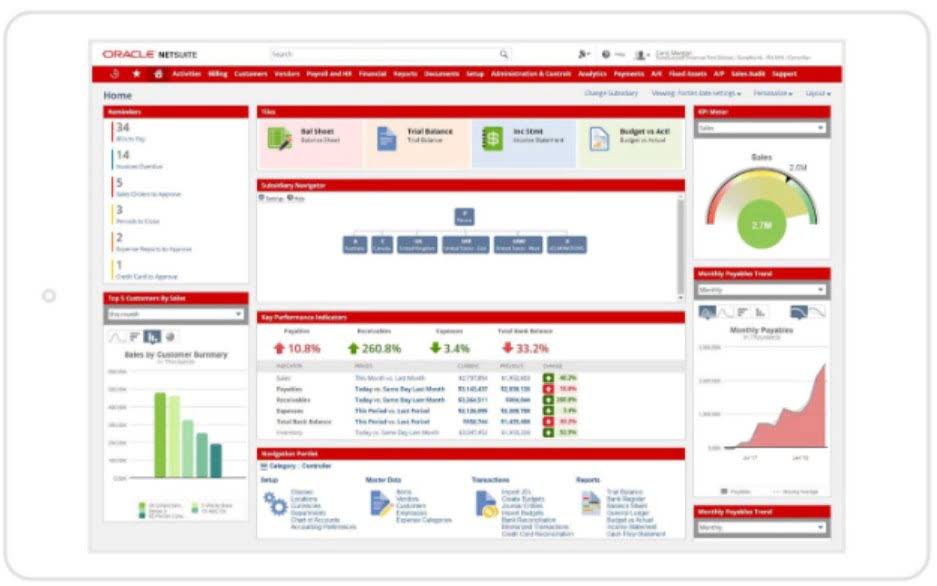What Is Net Working Capital? With Definitions And Formulas

As in, it is a measure of if the company will be able to pay off its current liabilities with the assets in hand. If the change in working capital is negative, it means that the change in the current operating liabilities has increased more than the current operating assets. The net effect is that more customers have paid using credit as the form of payment, rather than cash, which reduces the liquidity (i.e. cash on hand) of the company. If a company’s change in NWC has increased year-over-year (YoY), this implies that either its operating assets have grown and/or its operating liabilities have declined from the preceding period. To find out funds from operations, the difference between the opening balance on the credit side, the closing balance, and the tax paid on the debit side should be debited to the profit and loss adjustment account.
Is Negative Working Capital Bad?
A fall in the amount of this capital is detrimental to the entity and leads to doubt about the efficiency of the management. Net working capital is the financial cushion that allows businesses to meet their short-term financial obligations. Think of it as the money set aside to pay your monthly rent, salaries, and utility bills. With enough net working capital, a company might be able to keep its operations afloat and avoid running into financial trouble. Imagine if Exxon borrowed an additional $20 billion in long-term debt, boosting the current amount of $40.6 billion to $60.6 billion. The amount would be added to current assets without any debt added to current liabilities; since current liabilities are short-term, one year or less, and the $40.6 billion in debt is long-term.
Ask a Financial Professional Any Question

Working capital is critical to gauge a company’s short-term health, liquidity, and operational efficiency. You calculate working capital by subtracting current liabilities from current assets, providing insight into a company’s ability to meet its short-term obligations and fund ongoing operations. A healthy business has working capital and the ability to pay its short-term bills. A current ratio of more than one indicates that a company has enough current assets to change in net working capital cover bills that are coming due within a year. The higher the ratio, the greater a company’s short-term liquidity and its ability to pay its short-term liabilities and debt commitments.
Positive Working Capital
For instance, suppose a retail company experiences an increase in sales, resulting in higher accounts receivable (A/R) due to credit sales. At the same time, the company effectively manages its inventory levels and negotiates favorable payment terms with suppliers, resulting in slower growth in accounts payable (A/P). As a result, the company’s net working capital increases, reflecting improved liquidity and financial strength. To calculate working capital, subtract a company’s current liabilities from its current assets. Both figures can be found in public companies’ publicly disclosed financial statements, though this information may not be readily available for private companies. Net Working Capital (NWC) measures a company’s liquidity by comparing its operating current assets to its operating current liabilities.

Accounts Payable Payment Period

A boost in cash flow and working capital might not be good if the company is taking on long-term debt that doesn’t https://www.bookstime.com/ generate enough cash flow to pay it off. Conversely, a large decrease in cash flow and working capital might not be so bad if the company is using the proceeds to invest in long-term fixed assets that will generate earnings in the years to come. Negative cash flow can occur if operating activities don’t generate enough cash to stay liquid. Retailers must tie up large portions of their working capital in inventory as they prepare for future sales. Companies can forecast future working capital by predicting sales, manufacturing, and operations. Forecasting helps estimate how these elements will impact current assets and liabilities.
Positive Impacts

• Net working capital (NWC) is the difference between a company’s current assets and current liabilities. As a general rule, the more current assets a company has on its balance sheet relative to its current liabilities, the lower its liquidity risk (and the better off it’ll be). The net working capital (NWC) metric is a https://www.instagram.com/bookstime_inc measure of liquidity that helps determine whether a company can pay off its current liabilities with its current assets on hand. Working capital is the amount of money that a company can quickly access to pay bills due within a year and to use for its day-to-day operations. This measures the proportion of short-term liquidity compared to current liabilities. The difference between this and the current ratio is in the numerator where the asset side includes only cash, marketable securities, and receivables.

Which of these is most important for your financial advisor to have?
To further complicate matters, the changes in working capital section of the cash flow statement (CFS) commingles current and long-term operating assets and liabilities. The cash flow from operating activities section aims to identify the cash impact of all assets and liabilities tied to operations, not solely current assets and liabilities. Examples of changes in net working capital include scenarios where a company’s operating assets grow faster than its operating liabilities, leading to a positive change in net working capital. Software companies generally tend to have a positive change in working capital cash flow because they do not have to maintain an inventory before selling the product. It means that it can generate revenue without increasing current liabilities.
- If all current liabilities are to be settled, the company would still have $430,000 left to continue operating.
- SoFi does not guarantee or endorse the products, information or recommendations provided in any third party website.
- Positive changes indicate improved liquidity, while negative changes may suggest financial strain.
- If your business’s net working capital is substantially positive, that’s a good sign you can meet your financial obligations in the future.
- This will happen when either current assets or current liabilities increase or decrease in value.
- Working capital during this period is bound to change due to an increase or decrease in the current assets and current liabilities.
Everything You Need To Master Financial Modeling
- Generally, the larger your net working capital balance is, the more likely it is that your company can cover its current obligations.
- Certain working capital such as inventory can lose value or even be written off, but that isn’t recorded as depreciation.
- The balance sheet organizes assets and liabilities in order of liquidity (i.e. current vs long-term), making it easy to identify and calculate working capital (current assets less current liabilities).
- It encompasses current assets such as cash, inventory, and accounts receivable, minus current liabilities like accounts payable and short-term debt.
- It means that it can generate revenue without increasing current liabilities.
- You calculate working capital by subtracting current liabilities from current assets, providing insight into a company’s ability to meet its short-term obligations and fund ongoing operations.
The change in NWC comes out to a positive $15mm YoY, which means the company retains more cash in its operations each year. An increase in the balance of an operating asset represents an outflow of cash – however, an increase in an operating liability represents an inflow of cash (and vice versa). Working capital should be assessed periodically over time to ensure that no devaluation occurs and that there’s enough left to fund continuous operations. Net working capital can also give an indication of how quickly a company can grow. If a business has significant capital reserves it may be able to scale its operations quite quickly, by investing in better equipment, for example.






